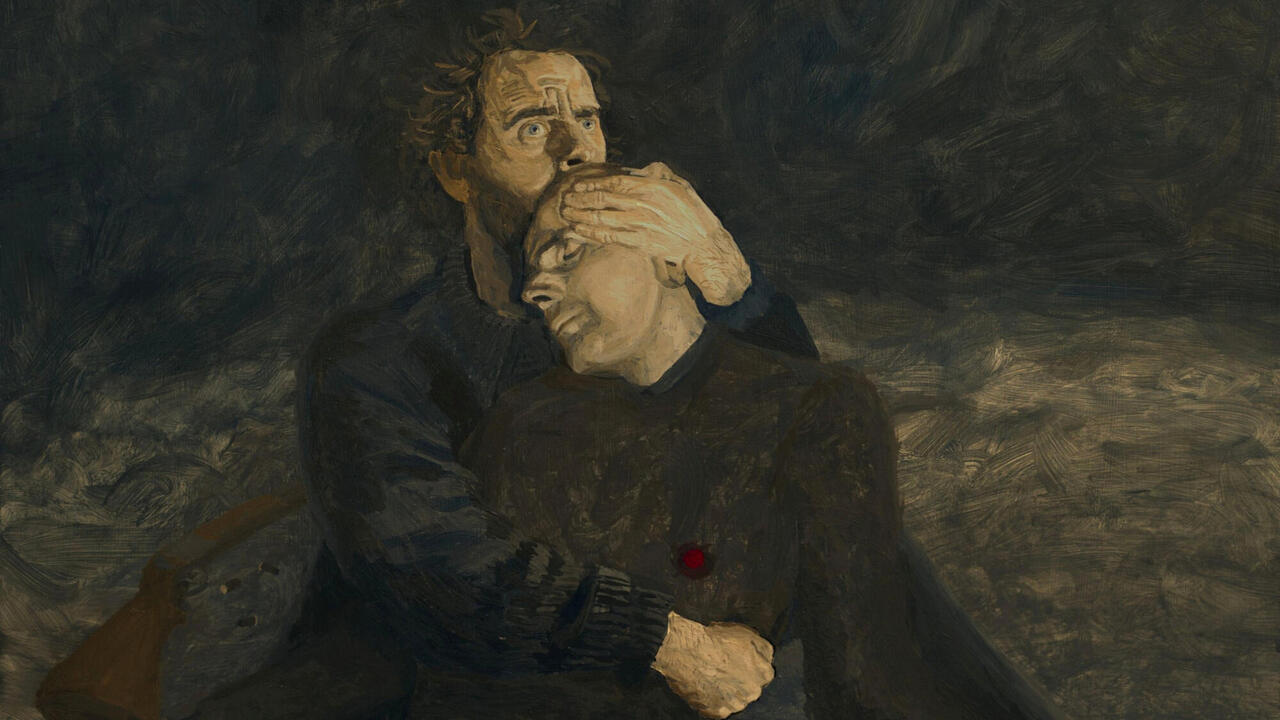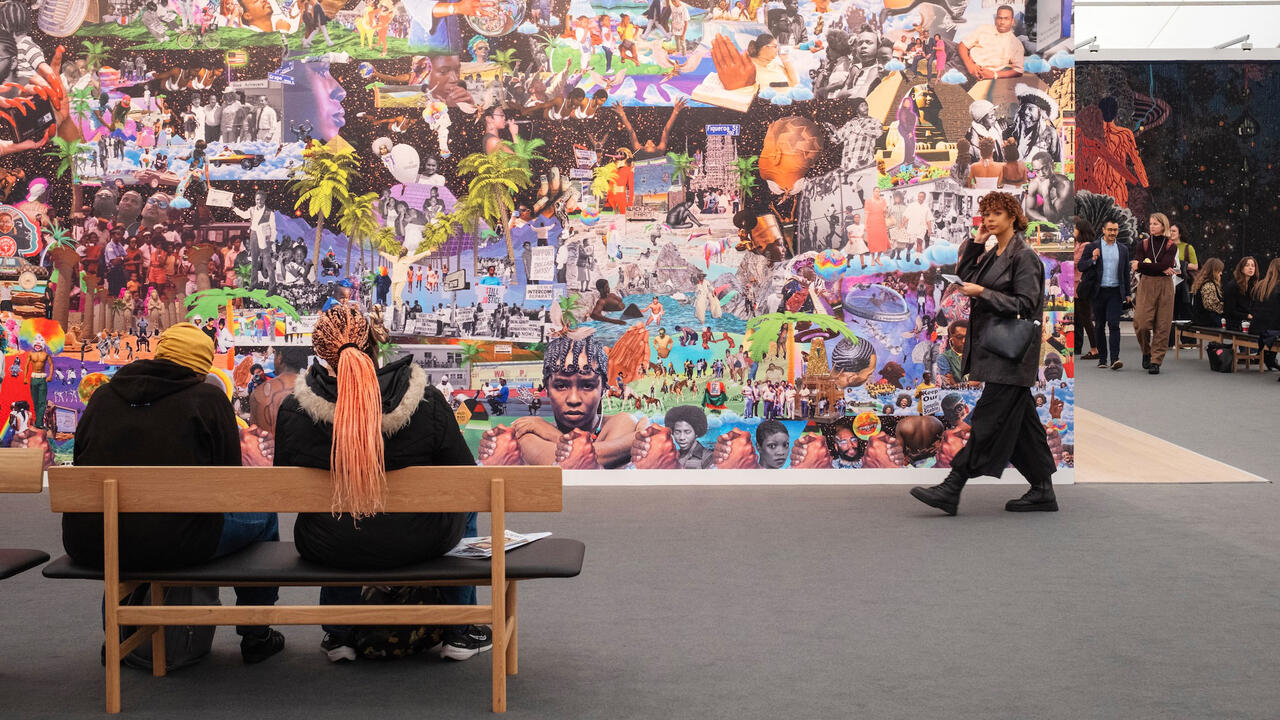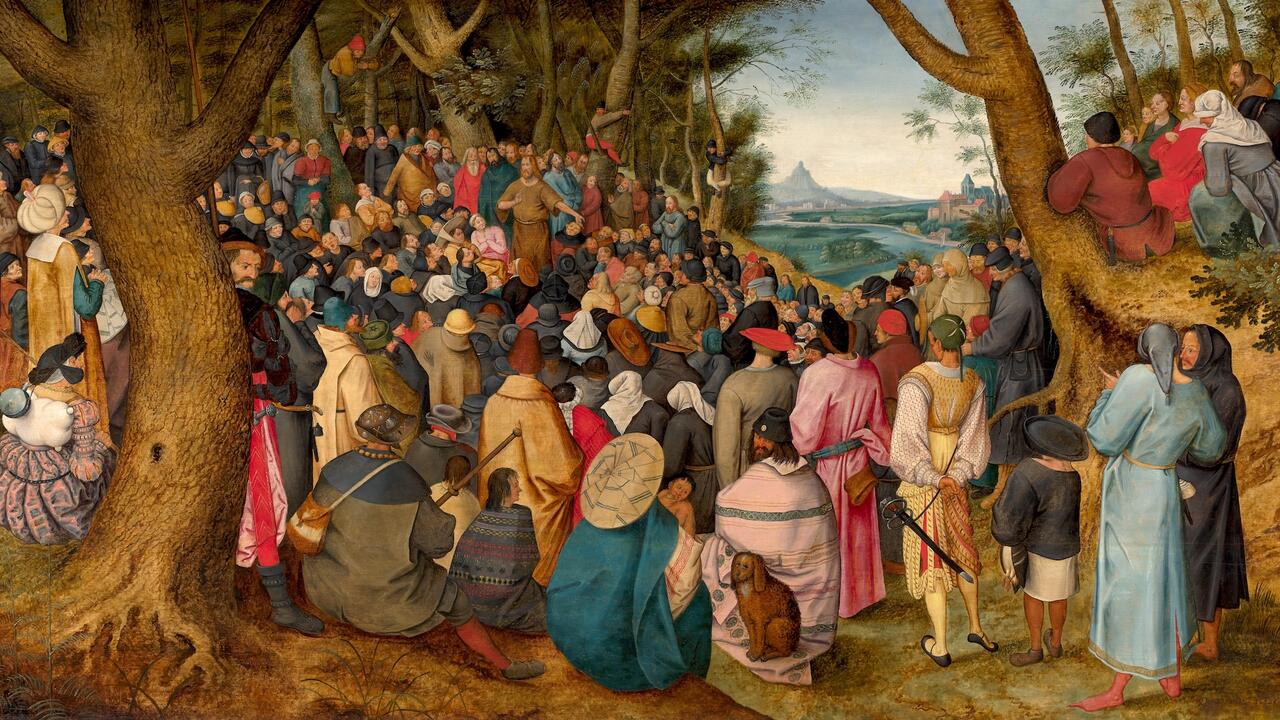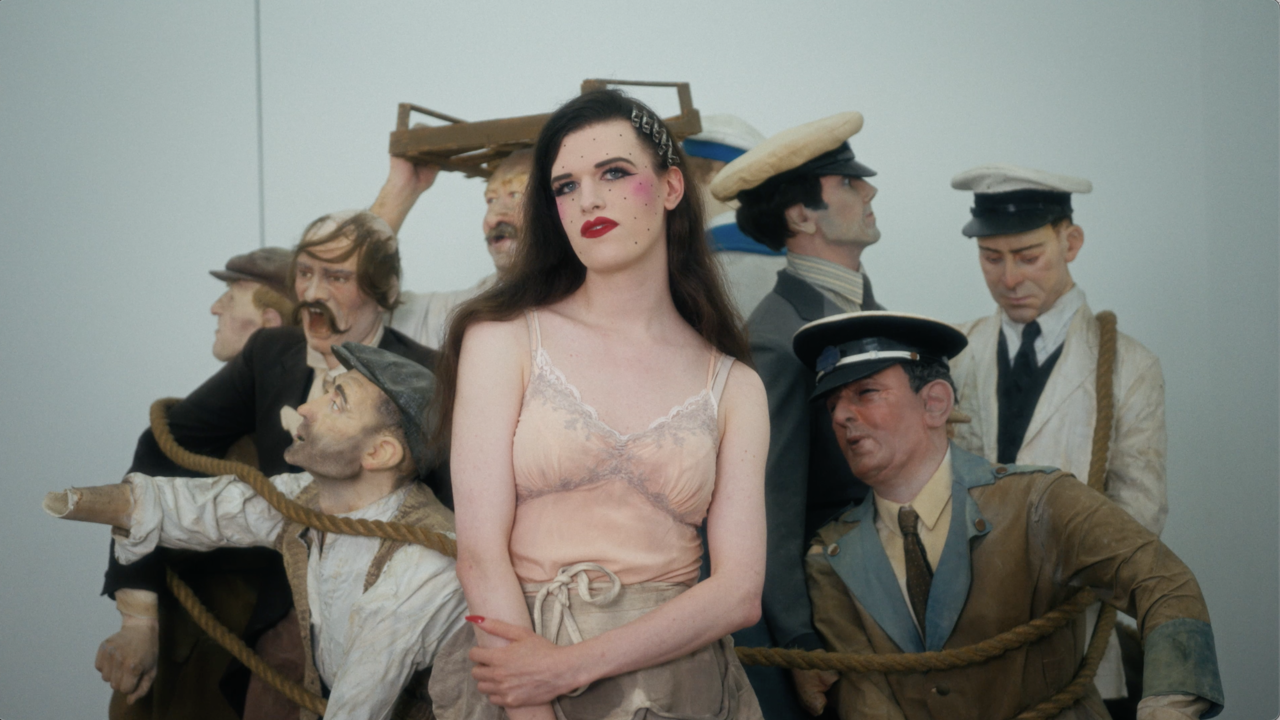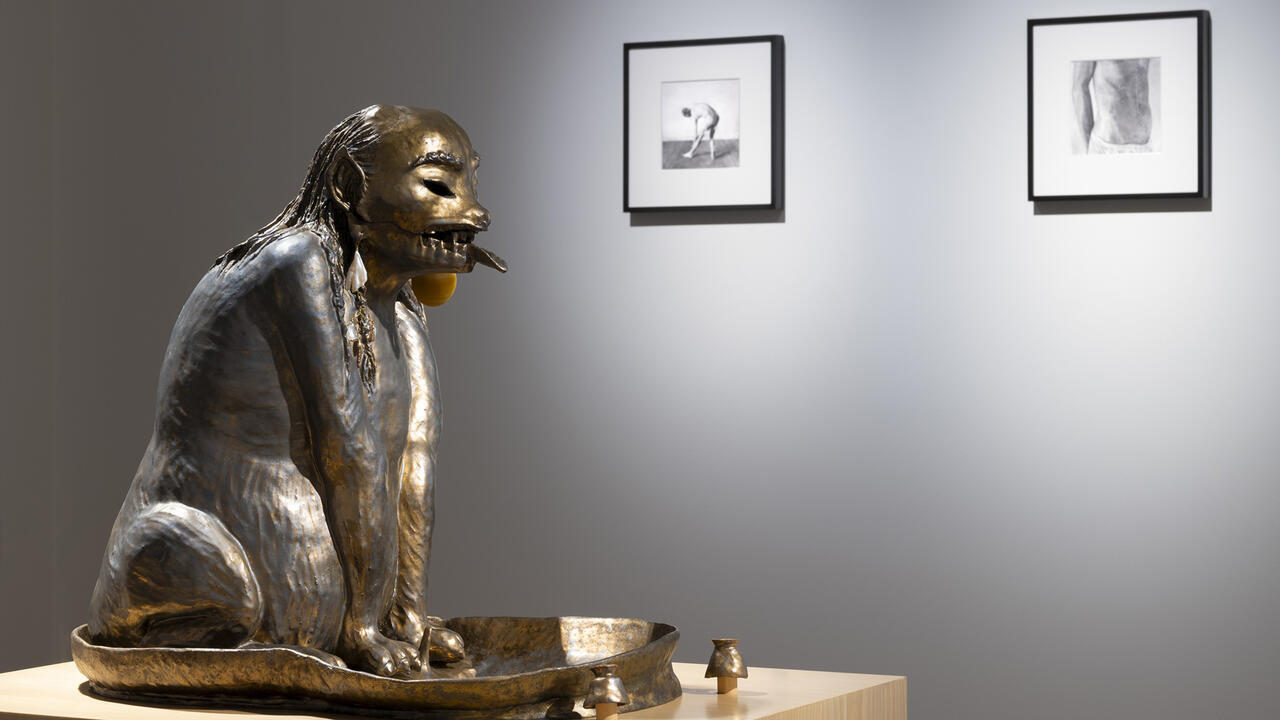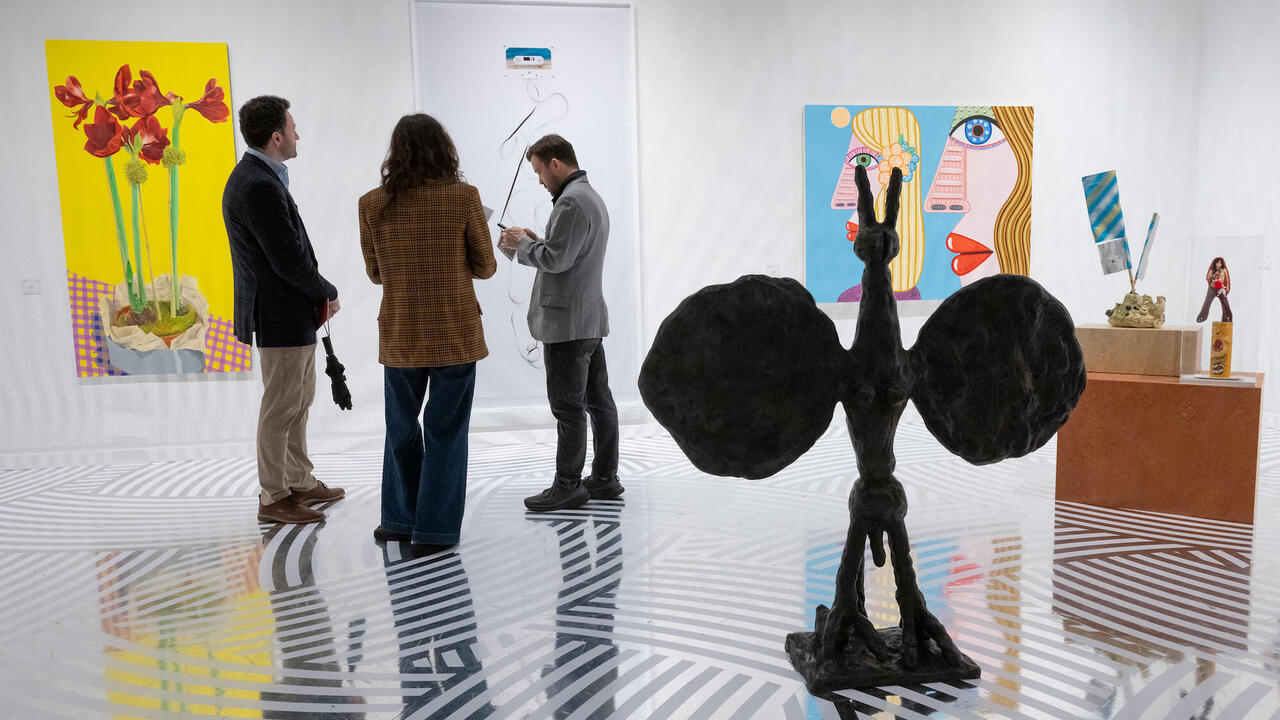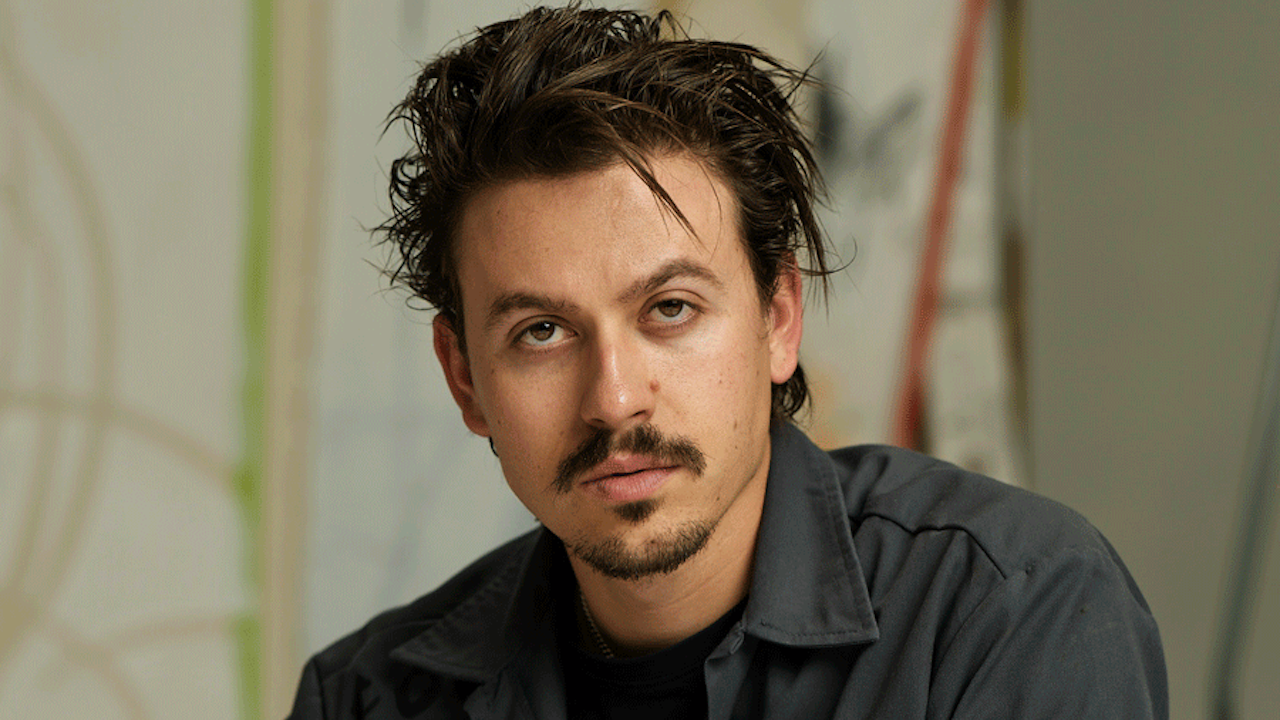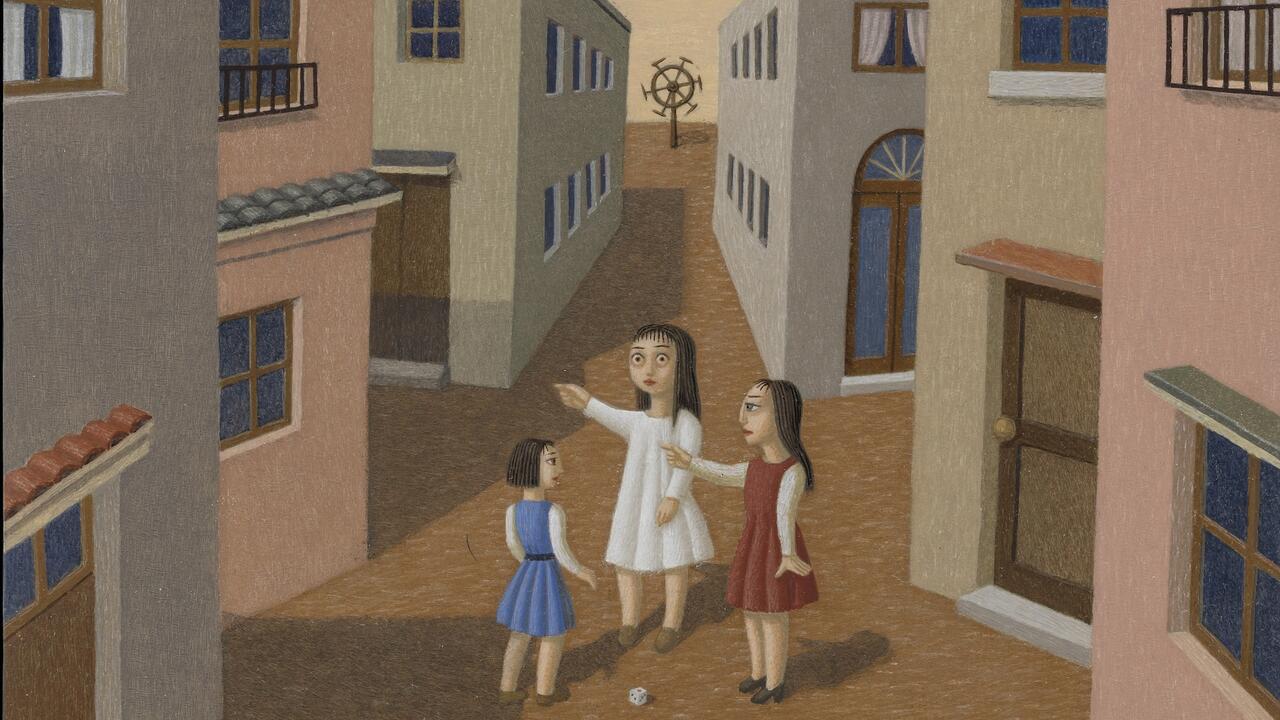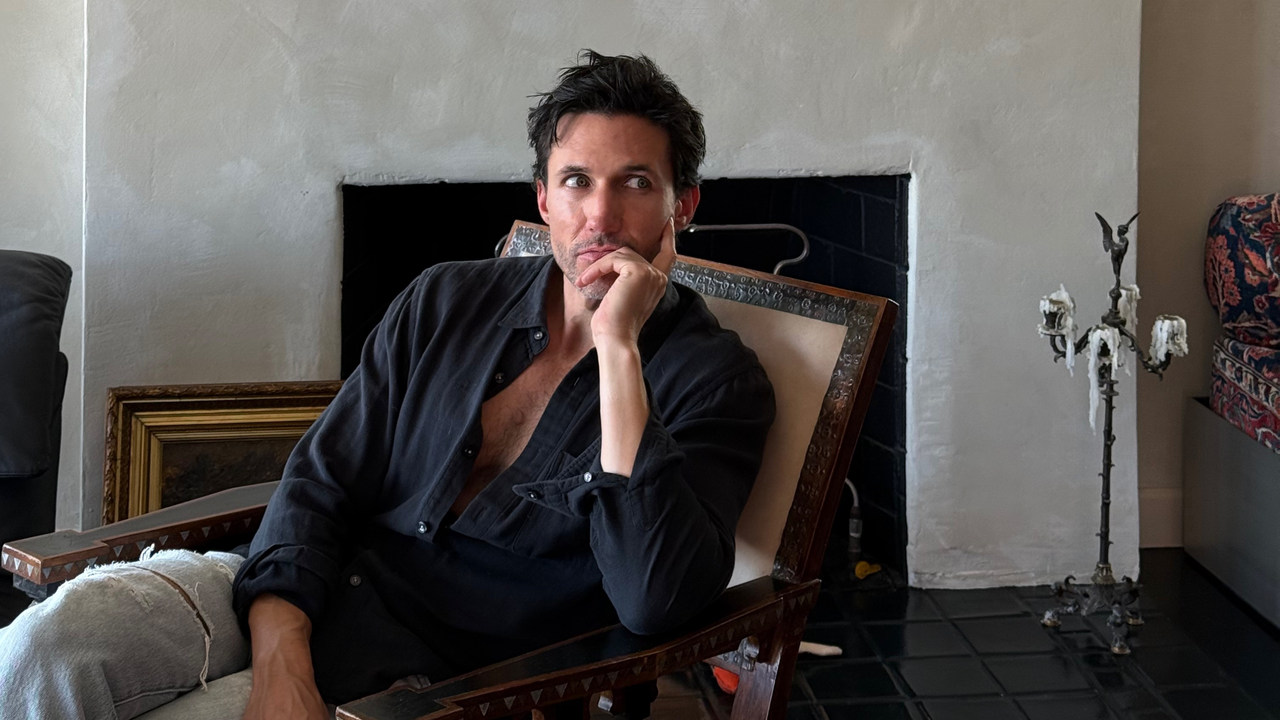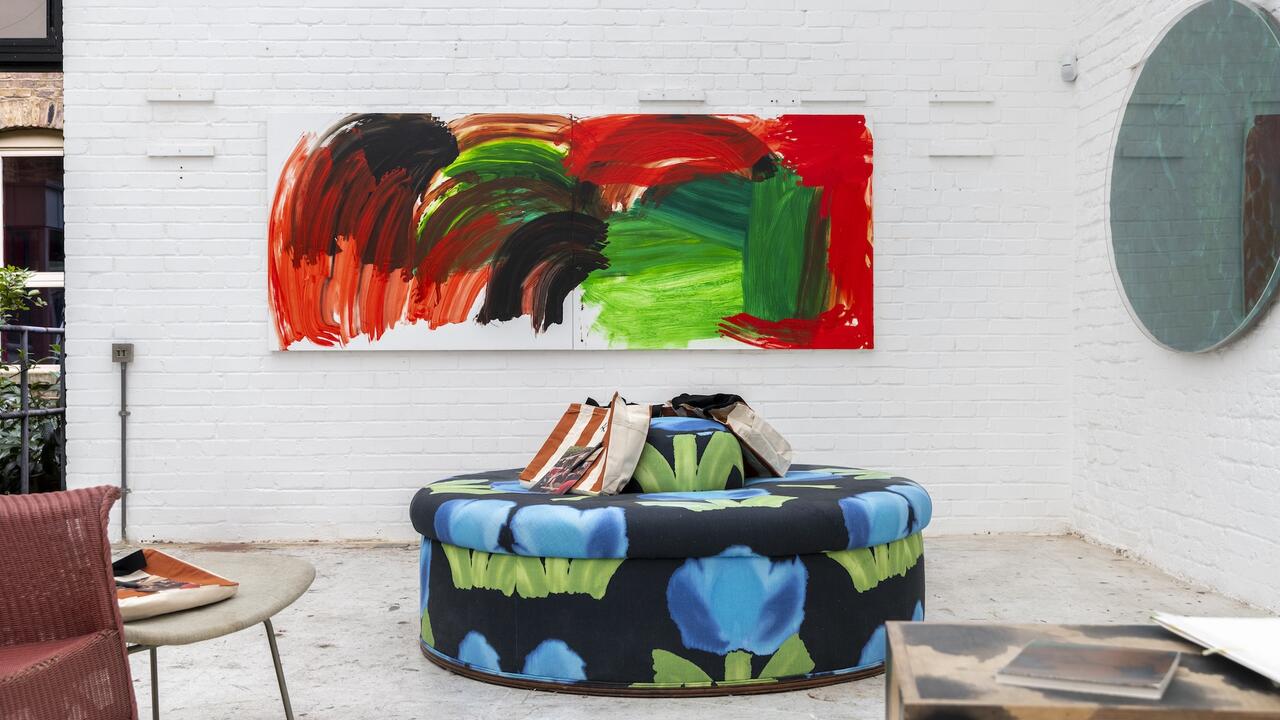Spanning Generations (III)
Highlighting the work of Whanki Kim and Hannah Perry, ahead of their solo shows at Frieze New York
Highlighting the work of Whanki Kim and Hannah Perry, ahead of their solo shows at Frieze New York
For the first New York edition of Frieze Week, critic and curator Jonathan Griffin pairs a selection of established and emerging artists being presented at this year's fair.
Whanki Kim
Spotlight
Whanki Kim traveled the globe. Born in 1913, the South Korean painter studied in Tokyo while in his twenties and was exposed to Japanese abstract art (itself influenced by European Cubism and Futurism). In the late 1950s he lived for three years in Paris, where his painting style embraced the Cubism of Georges Braque and Joan Miró.

After an invitation to participate in the Bienal de São Paulo of 1963, Kim returned not to Seoul but to New York City, then the cradle of Western Abstract Expressionism. During the 11 years in which he lived in the city, his abstract painting drew on traditionally Korean subjects of nature and landscape, and adhered to the five symbolic colors of the Obangsaek spectrum—red, blue, gold, white, and black. Kim’s increasingly distilled paintings were often confined in their formal vocabulary to the line and the dot, and to meditative blues—in Korean art, the color associated with wood, the moon, femininity, receptiveness, and the east.
Hannah Perry
Frame
Things that find their way into Hannah Perry’s art: text messages, her teenage niece, Lady Gaga, former Governor of the Bank of England Mervyn King, techno clubs, sports- wear, cars and car stereos, kissing, teeth and tongues, booze, and Hannah Perry. Class and gender are messy, emotive themes, so Perry makes messy, emotive work that synthe- sizes snatches of material sourced online and from her daily life. She melds it all together in videos, which she typically displays on monitors attached to sculptural installations, often supported by steel scaffolding poles beside hanging curtains of fabric or vinyl.

Like Mark Leckey, whose video work she has cited as an influence, Perry was raised near Liverpool in the north-west of the UK. In anticipation of Frieze New York, Perry is undertaking an American road trip, researching the role of women in country music, an experience that will inform the installation she presents at the fair. In a series of recent sculptures, subwoofers from car stereos made stretched panels of reflective vinyl vibrate; she has also screen-printed imagery onto aluminum panels from car bodies, then added colorful smears of lacquer or lipstick.
Whanki Kim and Hannah Perry will be presented at Frieze New York 2016 by Gallery Hyundai (Stand D28) and Jeanine Hofland (Stand B20) respectively.
Spanning Generations: Spotlight, Frame and Focus
With three specially curated feature sections advised by renowned curators Clara M Kim, Jacob Proctor and Fabien Schöneich, Frieze New York is uniquely well configured for visitors to discover the diversity of the global contemporary gallery community and a geographic and generational range of artists.
A platform for galleries opened since 2003, Focus offers a perspective on the artists of tomorrow: galleries and artists from Brooklyn to Bogotá who are setting the international agende, and, in many cases already gaining institutional recognition. Frame assembles solo presentations by 18 emerging artists, demonstrating both a diversity of positions and a number of common concerns and approaches, whether Gina Beavers's and Patricia L Boyd's departure from online photography into, respectively, sculpture and painting, or the complementary explorations of fiber installations by Liu Shiyuan and Phillip Zach.
Spotlight meanwhile, dedicates space to underrepresented twentieth-century work, whether lesser-known moments in the careers of recognized artists (such as Mary Kelly's mid 1980s installations, or Jo Baer's early gouaches); artists coming into or returning to critical attention (such as Robert Filliou and Alan Shields); or artists working from a non-Western perspective (such as Zahoor ul Akhlaq, Abraham Palatnik, and SH Raza.)
This is the third in a 4-part series. The full article appears in the first New York edition of Frieze Week magazine published in April.
Read part I: Josh Brand & Frank Bowling
Read part II: Nancy Holt & David Ireland
Frieze Week magazine is the insiders' guide to our art fairs with a preview of the best works on view, news of curated projects and talks, and tips on the most important exhibitions and events taking place around town. Frieze Week is published in anticipation of Frieze New York in May and Frieze London & Masters in October.









